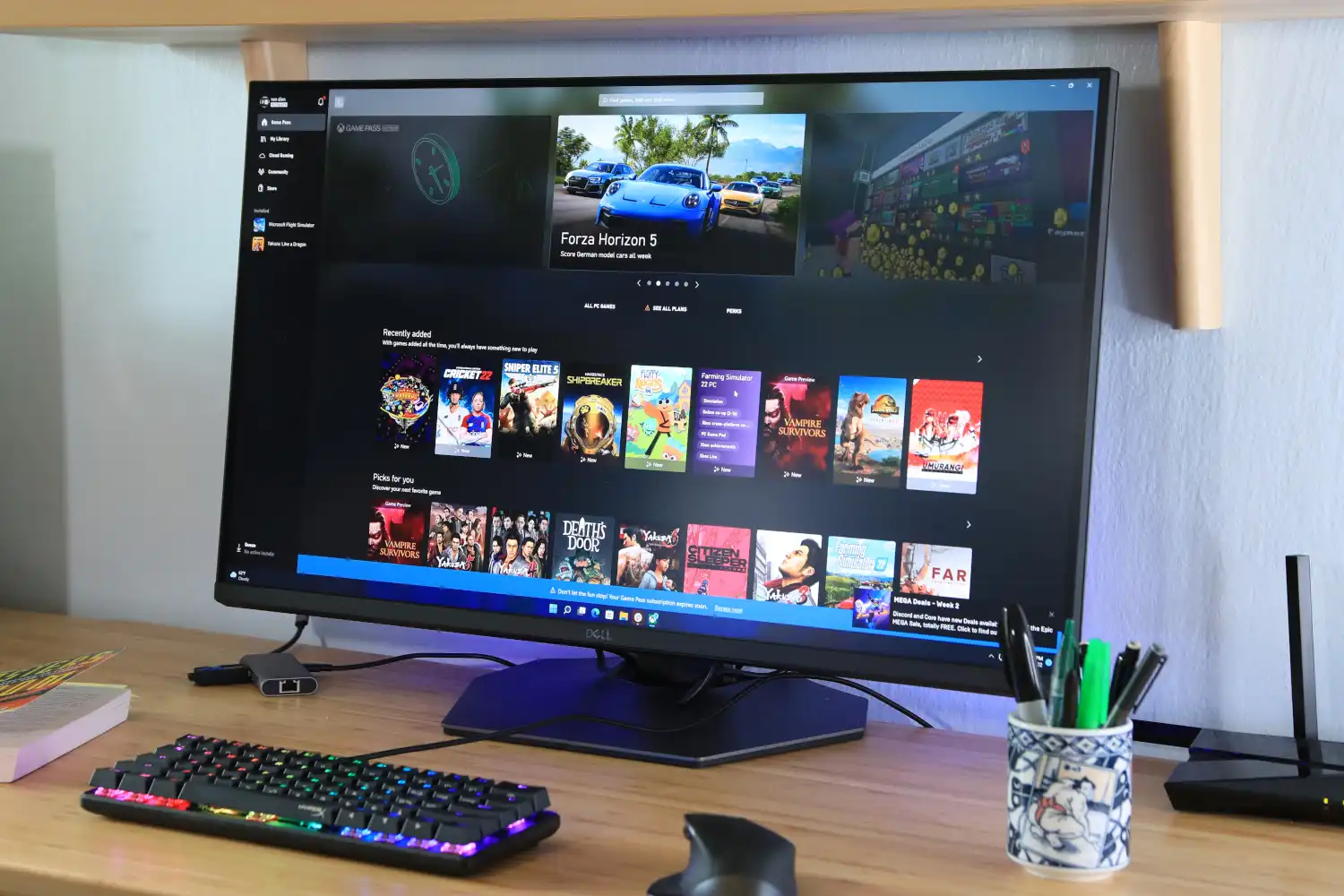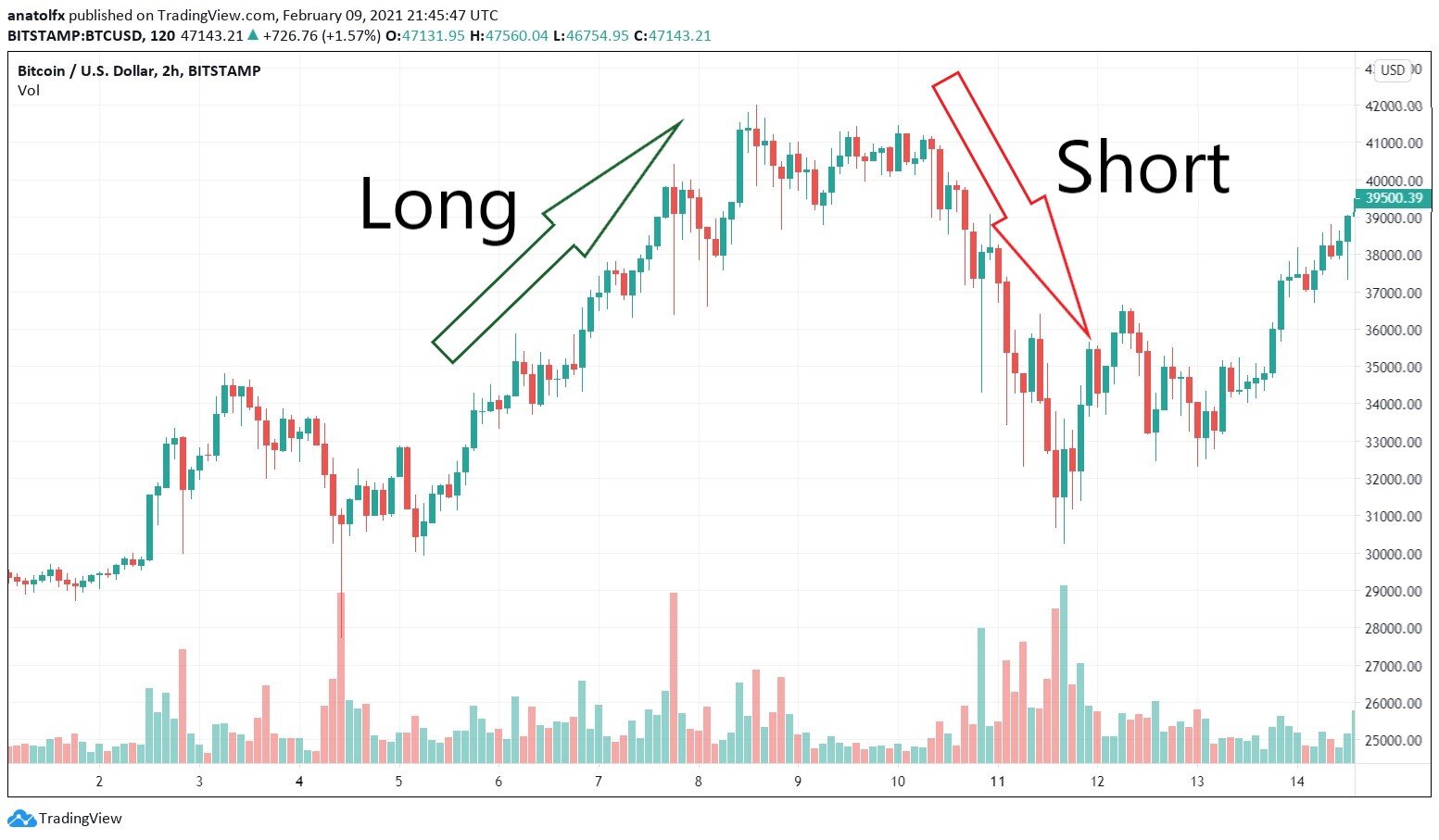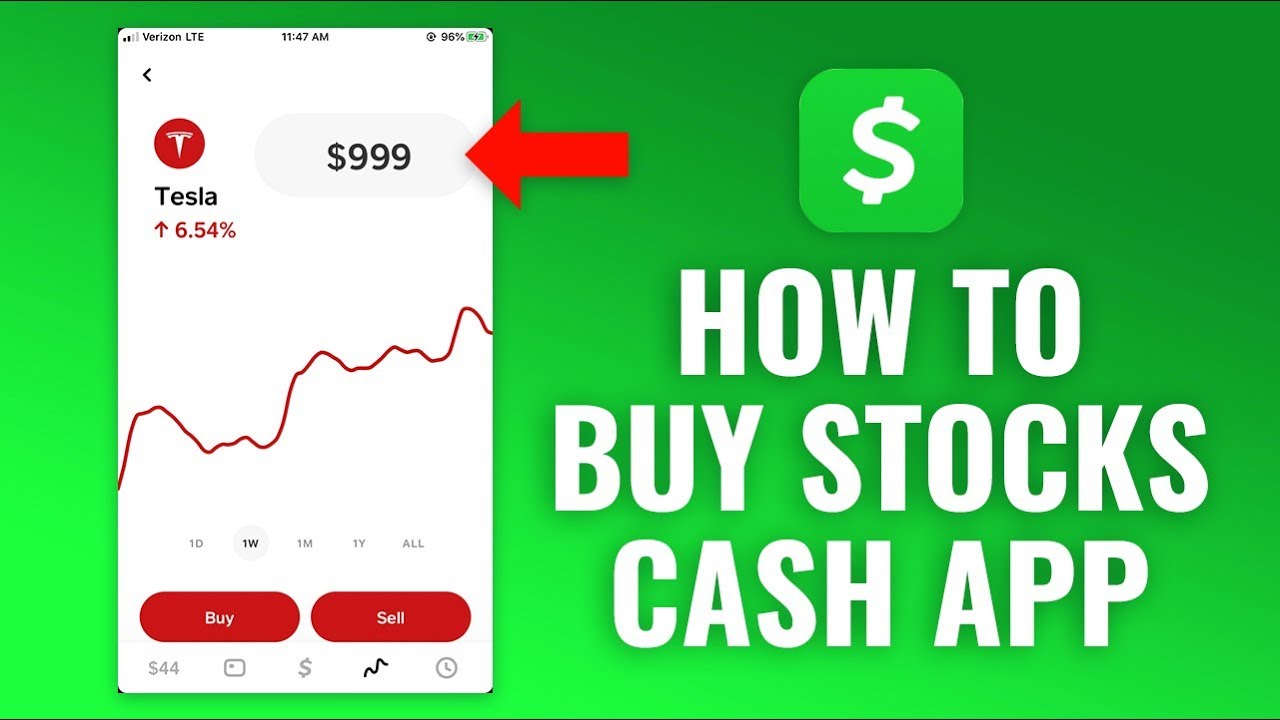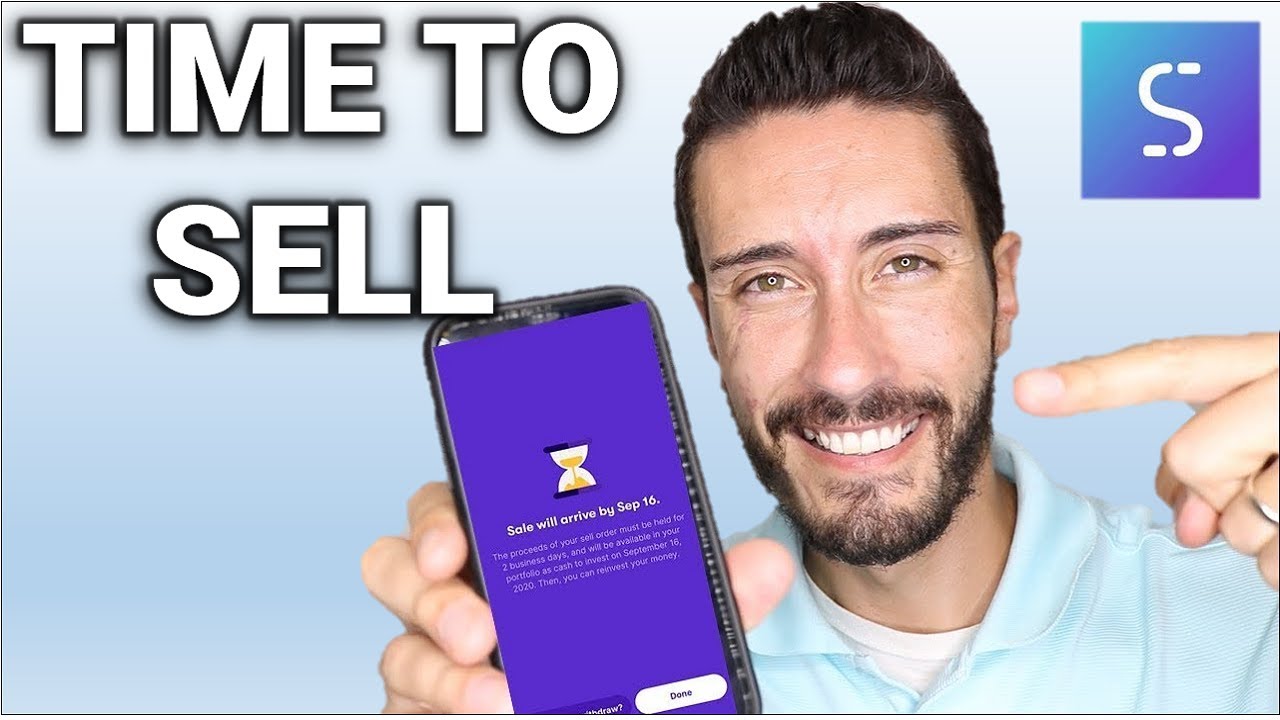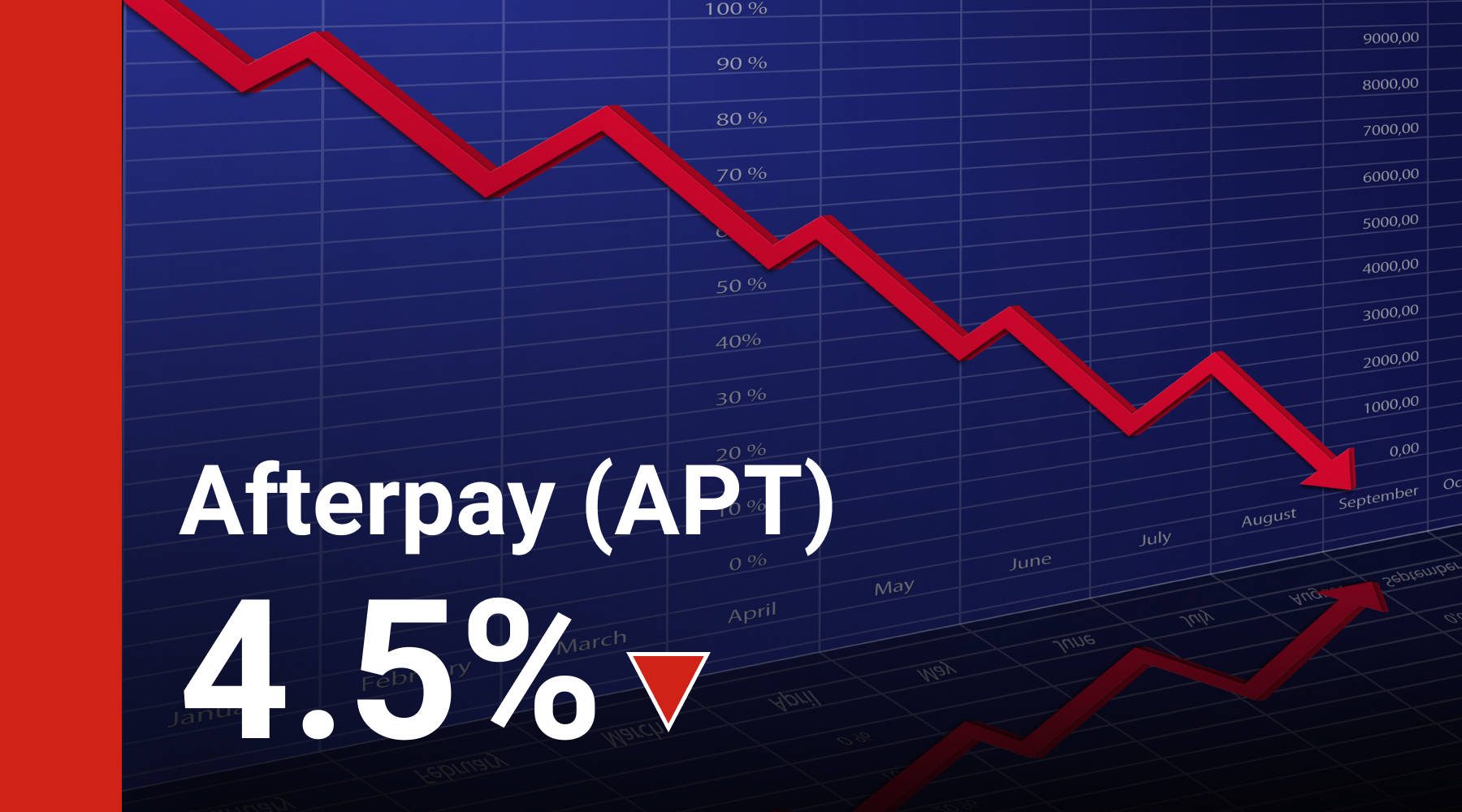Is it time to upgrade your monitor?
As technology continues to advance at a rapid pace, many people find themselves wondering if it’s time to upgrade their monitor. After all, the monitor is one of the most important components of your computer setup, responsible for displaying visuals and allowing you to interact with your device.
There are a few factors to consider before deciding if it’s time to sell your current monitor and invest in a new one. Firstly, assess the condition of your current monitor. Is it still functional? Are there any noticeable issues such as dead pixels or screen flickering? If your monitor is showing signs of wear and tear, it might be a good idea to upgrade to a newer model.
Another factor to consider is the resolution and size of your current monitor. Technology has come a long way in recent years, and newer monitors offer higher resolutions and larger displays. If you find yourself struggling to work with multiple windows or if the image quality is not up to par, it might be worth considering upgrading to a larger or higher resolution monitor.
It’s also important to think about the purpose for which you use your computer. Gamers, designers, and video editors often require more advanced features such as high refresh rates, adaptive sync, or color accuracy. If you often find yourself in need of these features to enhance your work or gaming experience, upgrading your monitor might be a wise decision.
Budget is another crucial factor. Determine how much you are willing to spend on a new monitor. Consider the features you prioritize and the price range for monitors that meet those criteria. It’s important to strike a balance between your budget and the desired specifications.
Lastly, consider the lifespan of your current monitor. If you’ve had it for several years and it’s starting to show its age, it might be a good time to sell it while it still holds value and invest in a newer model that will last you for years to come.
Ultimately, the decision to upgrade your monitor depends on your specific needs, budget, and the condition of your current device. Take the time to assess these factors and make an informed decision that will enhance your computing experience.
Factors to consider before selling your monitor
Before you decide to sell your monitor, there are a few important factors to consider. Taking these into account will help ensure that you make the right decision and maximize the value of your sale.
Firstly, assess the overall condition of your monitor. Is it in good working order? Are there any cosmetic damages such as scratches or dents? A monitor in excellent condition will command a higher price, so it’s worth investing some time and effort into cleaning and repairing any minor issues before putting it up for sale.
The age of your monitor is also a crucial factor. Older models might not be as sought after as newer ones, especially if there have been significant advancements in technology since its release. Research the market to get an idea of how desirable your specific model is and adjust your pricing accordingly.
Consider the specifications of your monitor. Is it a standard resolution and size, or does it have special features like a high refresh rate or an adjustable stand? Monitors with unique or advanced features tend to have a higher resale value, particularly for users with specific needs such as gamers or graphic designers.
Next, think about the market demand for your monitor. Is it a popular brand or model? Are similar monitors in high demand at the moment? Understanding the current market trends will help you gauge the level of interest and adjust your pricing strategy accordingly.
Take into account the availability of accessories and documentation that originally came with your monitor. If you have the original box, manuals, cables, or any additional accessories, these can add value to your sale. Make sure to mention these in your listing as they can make your monitor more attractive to potential buyers.
Consider the warranty status of your monitor. Some manufacturers offer transferrable warranties, which can be a selling point for potential buyers. Check if your monitor is still covered under warranty and let buyers know that they will continue to be protected even after purchasing it from you.
Lastly, think about the price you are willing to sell your monitor for. Research similar models on different platforms and see what prices they are selling for. Take into account factors such as the condition, age, and specifications of your monitor when setting a price. Be realistic and open to negotiation, but also ensure that you are not undervaluing your device.
By carefully considering these factors, you will be well-prepared to make an informed decision when it comes to selling your monitor. Taking the time to assess these aspects will help drive interest and ensure that you get the most value for your device.
Where to sell your used monitor
When it comes to selling your used monitor, there are several avenues you can explore. Each option has its own set of advantages and considerations. Here are some of the most popular platforms where you can sell your used monitor:
- Online marketplaces: Platforms like eBay, Amazon, and Craigslist offer a wide reach and the potential to connect with a large number of potential buyers. These platforms provide a range of options for listing your monitor, including auction-style or fixed-price listings. Keep in mind that there may be fees associated with selling on these platforms.
- Classified ad websites: Websites such as Gumtree, OLX, and Facebook Marketplace allow you to create classified ads to sell your monitor. These platforms often have a local focus, making it easier to connect with buyers in your area. Make sure to include clear photos and detailed descriptions to attract potential buyers.
- Specialized tech forums and communities: There are many online forums and communities dedicated to tech enthusiasts and individuals looking to buy and sell used electronics. Websites like Reddit, HardwareZone, and AVS Forum have dedicated sections for users to list their items for sale.
- Local electronics or computer stores: Some local electronics or computer stores may offer a buyback or trade-in program for used monitors. This can be a convenient option since you can simply bring your monitor to the store and receive an offer directly. However, keep in mind that the price offered may be lower than what you would get through other selling methods.
- Online classifieds: Websites like Backpage, Kijiji, and Craigslist also have classifieds sections where you can list your monitor for sale. These platforms typically attract local buyers, making it easier to arrange for pickup or delivery.
- Electronics recycling programs: If your monitor is old or no longer functional, you may consider selling it through electronics recycling programs. Some recycling centers or organizations offer cash or store credit in exchange for used electronics, including monitors. This option helps ensure that your monitor is disposed of responsibly and ethically.
When choosing where to sell your used monitor, consider factors such as convenience, reach, fees, and target audience. You may also want to compare fees and terms of each platform to determine which option suits your needs best. Ultimately, selecting the right platform can help you reach a larger audience and increase your chances of finding a buyer for your used monitor.
Online marketplaces for selling monitors
Online marketplaces provide a convenient platform for selling your used monitor to a wide range of potential buyers. Here are some popular online marketplaces that you can consider:
- eBay: eBay is a global marketplace where individuals can buy and sell a wide variety of products, including monitors. It offers both auction-style and fixed-price listings, allowing you to set your desired price or let buyers bid on your monitor. eBay provides a large customer base and various tools to help you market your listing effectively.
- Amazon: Amazon, one of the largest online retailers, offers a marketplace platform for third-party sellers. By listing your monitor on Amazon, you can tap into the site’s massive customer base. However, keep in mind that selling on Amazon may involve certain fees and requirements, such as account registration and product categorization.
- Craigslist: Craigslist is a classified ads website that allows you to sell items locally. It offers a straightforward interface for creating listings, and you can specify your location to attract nearby buyers. Craigslist is particularly useful if you prefer dealing with buyers in person and avoiding shipping hassles.
- Facebook Marketplace: Facebook Marketplace is a convenient option if you want to reach local buyers. With millions of active users, you can list your monitor for sale and connect with interested buyers in your area. Facebook Marketplace allows you to communicate with potential buyers directly and negotiate terms within the platform.
- Best Buy: Best Buy, a popular electronics retailer, offers a trade-in program where you can sell your used monitor. They provide an online estimation tool to assess the value of your device and offer a Best Buy gift card in exchange. This option is convenient if you prefer to have a direct transaction and receive store credit for future purchases.
When listing your monitor on these online marketplaces, it’s essential to provide detailed product information, including the brand, model, size, condition, and any unique features. High-quality photos from different angles will help attract potential buyers. It’s also crucial to describe your monitor accurately, including any cosmetic flaws or technical issues.
Consider researching similar listings on these platforms to determine competitive pricing for your monitor. Take into account factors such as the age, condition, and specifications of your monitor when setting a price. Don’t forget to factor in any associated fees, such as listing fees or commissions, when calculating your potential earnings.
Communication with potential buyers is an important aspect of selling on online marketplaces. Timely and clear responses to inquiries can help build trust and increase the likelihood of a successful sale. Always prioritize safety when meeting buyers in person, and consider secure payment methods such as PayPal or escrow services for online transactions.
By utilizing these online marketplaces, you can effectively reach a wide audience of potential buyers and increase your chances of selling your used monitor at a fair price. Remember to be thorough in your listings and communicate professionally to ensure a smooth and successful selling experience.
How to sell your monitor on classified ad websites
Classified ad websites provide an accessible platform for selling your monitor to local buyers. With a few simple steps, you can effectively list and sell your monitor on these websites. Here’s a guide on how to sell your monitor on classified ad websites:
- Choose the right website: Research and choose a classified ad website that is popular in your area and has a considerable user base. Examples include Gumtree, OLX, and Facebook Marketplace.
- Create a compelling listing: Start by taking high-quality photos of your monitor from different angles. Write a clear and detailed description that includes the brand, model, size, condition, and any special features. Mention any accessories or cables that are included in the sale.
- Set a reasonable price: Research similar monitors being sold on the classified ad website to gauge the market value. Set a competitive price that reflects the age, condition, and specifications of your monitor. Be open to negotiation and consider setting your price slightly higher to allow room for bargaining.
- Be honest about the condition: Disclose any cosmetic flaws or technical issues in your listing. Being transparent about the condition of your monitor will help you build trust with potential buyers and avoid any disputes or negative feedback.
- Highlight unique features: If your monitor has any special features that set it apart from others, make sure to emphasize them in your listing. This includes things like high refresh rates, adjustable stands, or color accuracy. Highlighting these unique features can make your monitor more attractive to potential buyers.
- Respond promptly to inquiries: Monitor your listing regularly and respond to inquiries in a timely manner. Be courteous and address any questions or concerns potential buyers may have. Prompt and professional communication can help build trust and lead to a successful sale.
- Arrange a safe and secure transaction: When meeting potential buyers in person, choose a public location and consider bringing a friend along. If shipping the monitor, use a reputable shipping provider and ensure that it is properly protected and insured. Use secure payment methods such as cash or online platforms like PayPal to minimize the risk of scams.
- Remove the listing once sold: Once you have successfully sold your monitor, promptly remove your listing from the classified ad website. This will prevent further inquiries and provide a better experience for other users.
By following these steps and effectively marketing your monitor on classified ad websites, you can connect with local buyers and increase your chances of selling your monitor at a fair price. Remember to be thorough in your listings, respond promptly to inquiries, and prioritize safety during the transaction process.
Selling your monitor locally
When it comes to selling your monitor, selling locally can have its advantages. It allows you to connect with potential buyers in your area, simplifies the transaction process, and minimizes shipping costs. Here are some tips for selling your monitor locally:
- Choose the right platform: Utilize local classified ad websites, community bulletin boards, or social media groups specifically designed for buying and selling items in your area. Websites like Facebook Marketplace, Craigslist, or local buy/sell groups can be effective platforms to reach local buyers.
- Create an attention-grabbing listing: Take high-quality photos of your monitor from different angles and write a detailed and accurate description. Highlight important details such as the brand, model, size, condition, and any unique features. Ensure that your listing stands out by including relevant keywords that potential buyers might search for.
- Set a fair price: Research similar monitors being sold locally to get an idea of the market value. Price your monitor competitively based on its age, condition, and specifications. Consider leaving room for negotiation, as many buyers anticipate some haggling.
- Communicate clearly and promptly: Respond promptly to inquiries from potential buyers. Be prepared to answer questions about the monitor’s condition, specifications, and availability. Communicate clearly and professionally throughout the process to build trust and maintain a positive impression.
- Ensure a safe transaction: When meeting a buyer in person, choose a public location for the exchange and consider bringing a friend or family member along. If possible, complete the transaction during daylight hours. Accept cash or consider using secure payment platforms like PayPal for added protection.
- Provide a test option: If feasible, offer potential buyers the opportunity to test the monitor before finalizing the sale. This can help instill confidence in the buyer and provide assurance that the monitor is in good working condition.
- Consider trade-ins: Some local electronics stores or computer shops offer trade-in programs where you can exchange your monitor for store credit or cash. Explore these options to see if they provide a convenient and beneficial solution for selling your monitor.
- Advertise offline: Consider posting flyers or signs in local community centers, college campuses, or public bulletin boards to reach potential buyers who might not be actively searching online.
When selling your monitor locally, it’s important to prioritize safety and trust. Follow these tips to ensure a smooth transaction and a positive experience for both you and the buyer. By leveraging local platforms and effectively marketing your monitor, you can increase your chances of finding a buyer quickly and selling your monitor at a fair price.
Selling your monitor through electronics recycling programs
If your monitor is old or no longer functional, selling it through electronics recycling programs can be a responsible and environmentally friendly option. Instead of disposing of it in a landfill, these programs may offer you cash or store credit in exchange for your used monitor. Here’s what you need to know about selling your monitor through electronics recycling programs:
- Research local programs: Look for electronics recycling programs or centers in your area that accept monitors. These can include municipal recycling programs, private recycling companies, or electronics retailers that offer recycling services.
- Check eligibility: Ensure that your monitor meets the eligibility requirements of the recycling program. Some programs may only accept certain types or brands of monitors, while others have specific conditions related to the age or functionality of the device.
- Assess the value: Determine the potential value of your monitor through the recycling program. Cash offers or store credit may vary depending on the condition, age, brand, and specifications of your device. Some programs provide online estimation tools or allow you to bring your monitor in for an assessment.
- Prepare your monitor: Before selling your monitor, wipe any personal data and perform a factory reset to ensure that your information is securely erased. Remove any accessories or cables that you intend to keep, as the recycling program may only evaluate and accept the monitor itself.
- Follow the recycling program’s guidelines: Each recycling program may have specific procedures for drop-off or pick-up arrangements. Adhere to their guidelines to ensure a smooth transaction. Some programs may require proof of identity or proof of purchase, so be prepared with any necessary documentation.
- Consider the environmental impact: Selling your monitor through an electronics recycling program helps prevent electronic waste from ending up in landfills. Recycling programs are equipped to properly handle and dispose of electronic components. By participating in these programs, you contribute to reducing your carbon footprint and promoting a more sustainable future.
However, it is important to note that not all recycling programs offer monetary compensation for monitors. Some programs may charge a fee for accepting certain electronics. Make sure to research and compare different recycling programs to find the most suitable option for your needs.
Selling your monitor through electronics recycling programs not only allows you to responsibly dispose of your used device but also offers potential financial benefits. By choosing this option, you contribute to the preservation of the environment while potentially receiving compensation for your monitor.
Tips for successfully selling your monitor
Selling your monitor can be a straightforward process if you approach it strategically. To increase your chances of a successful sale, consider the following tips:
- Thoroughly clean and prepare your monitor: Before listing your monitor for sale, give it a thorough cleaning to remove any dust or smudges. This will enhance its appearance and make it more appealing to potential buyers. Additionally, ensure that all cables and accessories are included and in good condition.
- Take high-quality photos: Good visuals can attract buyers’ attention. Capture clear and well-lit photos of your monitor from different angles to showcase its condition and features. An accurate representation of your product will generate more interest.
- Write a compelling description: Craft a detailed and accurate description of your monitor. Include key specifications, such as the size, resolution, and any unique features. Be honest about its condition, including any cosmetic flaws or technical issues. Highlight the benefits and potential uses of your monitor to entice potential buyers.
- Research the market: Conduct research to determine the current market value of similar monitors. This will help you set a competitive and realistic price for your device. Consider factors such as brand, model, age, condition, and any additional features when determining the price.
- Choose the right selling platform: Select the appropriate selling platform based on your target audience and preferences. Online marketplaces, classified ad websites, local stores, or specialized tech forums can all be viable options. Cater to your audience by selecting the platform they are most likely to use.
- Promote your listing: Take an active role in promoting your listing. Share it on your social media platforms or in relevant community groups. Engage with potential buyers by responding promptly to inquiries and providing additional information they may need.
- Provide excellent customer service: Be responsive, courteous, and professional when interacting with potential buyers. Answer their questions in a timely manner and provide any requested information. Going the extra mile with customer service can improve your chances of closing a successful sale.
- Consider offering a warranty or return policy: Providing a warranty or return policy, if applicable, can help build confidence in buyers and increase their willingness to purchase. Be clear about the terms and conditions to ensure a smooth transaction.
- Securely package for shipping: If you choose to ship your monitor, package it securely to protect it during transit. Use suitable packaging materials, such as bubble wrap and sturdy boxes. Clearly label the package and consider adding insurance for added peace of mind.
- Follow local laws and regulations: Familiarize yourself with applicable laws and regulations regarding the sale of used electronics. Ensure that you comply with any legal obligations, such as providing accurate product information and respecting consumer rights.
By following these tips, you can enhance your selling experience and increase the chances of selling your monitor successfully. Remember to prioritize clear communication, provide accurate information, and deliver excellent customer service throughout the selling process.
How to prepare your monitor for sale
Properly preparing your monitor for sale is essential to attract potential buyers and ensure a smooth transaction. Follow these steps to ensure your monitor is ready for sale:
- Clean the monitor: Give your monitor a thorough cleaning to remove dust, fingerprints, and smudges. Use a microfiber cloth and a gentle cleaning solution if necessary. Ensure that the screen is free from any streaks or marks that might affect its appearance.
- Inspect for damage: Carefully examine your monitor for any cosmetic or functional damage. Look for scratches, dents, or cracks on the screen, casing, and stand. Take note of any issues and disclose them in your listing to provide full transparency to potential buyers.
- Remove personal data: If your monitor has any built-in storage or memory, ensure that all personal data is securely deleted. Perform a factory reset or use data wiping software to ensure that your information cannot be accessed by the new owner.
- Gather accessories: Ensure that all necessary accessories are included in the sale. This may include power cables, video cables, connection adapters, stands, or any other extras that originally came with your monitor. Make sure that all accessories are in good working condition.
- Organize documentation: Locate and gather any relevant documentation or manuals that came with your monitor. Include the original packaging, if available. Providing these items can increase buyer confidence and improve the overall value of your sale.
- Test the monitor: Before listing your monitor for sale, connect it to a computer or other compatible device to ensure it is in proper working order. Check for any display issues, dead pixels, flickering, or other technical problems. If any issues arise, consider having the monitor repaired or adjust your price accordingly.
- Take high-quality photos: Capture clear and well-lit photos of your monitor from various angles. Showcase its condition and accessories. High-quality images can significantly increase interest from potential buyers and lead to higher offers.
- Keep the packaging materials: If you still have the original packaging and protective materials, keep them for shipping or transportation purposes. Proper packaging can help ensure that your monitor arrives safely to the buyer’s location.
- Describe your monitor accurately: Write a detailed and accurate description in your listing. Include essential information such as the brand, model, size, resolution, and any special features. Highlight any notable advantages or benefits that your monitor offers.
- Set a fair price: Research the market value of similar monitors and set a competitive and fair price. Consider factors such as the age, condition, brand, and specifications of your monitor when determining the price. Be open to negotiation, but also be mindful of your desired return on investment.
By following these steps, you can ensure that your monitor is in top condition and ready for sale. Presenting a clean, well-documented, and accurately described monitor will increase its appeal to potential buyers and improve your chances of a successful sale.
Pricing your used monitor correctly
Setting the right price for your used monitor is crucial to attract potential buyers and ensure a successful sale. Here are some tips to help you price your used monitor correctly:
- Research the market: Begin by researching the market value of similar monitors. Look for listings of monitors with similar specifications, age, and condition. Take note of the price range that these monitors are being sold for to gain a better understanding of the market trends.
- Consider the brand and model: The brand and model of your monitor can have an impact on its resale value. Some brands are more sought after than others, and certain monitor models may have unique features that command higher prices. Research how your specific brand and model are valued in the market to set an appropriate price.
- Evaluate the age and condition: Consider the age and overall condition of your monitor when determining its price. Monitors that are newer and in excellent condition will generally fetch higher prices than older or more worn-out models. Be honest about any cosmetic flaws or technical issues and adjust the price accordingly.
- Factor in features and specifications: Take into account any special features or specifications of your monitor that may make it more desirable. This could include things like high resolution, fast refresh rates, color accuracy, or adaptive sync technology. These features can contribute to the value of your monitor.
- Consider accessories and packaging: Take into account any additional accessories or original packaging that you are including in the sale. If your monitor comes with cables, adapters, or stands, these can add value to your listing. The presence of the original packaging can also enhance the perceived value of your monitor.
- Set a competitive price: Be realistic about pricing your monitor. It’s important to strike a balance between getting a fair price and attracting potential buyers. Consider setting your price slightly above what you are willing to accept to allow room for negotiation. Be open to reasonable offers while still aiming for your desired return on investment.
- Offer flexibility: Consider offering different pricing options, such as a discounted rate for bundling the monitor with other items or including extra accessories. This can help attract potential buyers who may be looking for a package deal or added value.
- Monitor the market: Continuously monitor the market for any changes in demand or pricing. Adjust your price if you notice a trend in either direction. Checking your competition regularly will help you stay competitive and ensure that your monitor is priced appropriately.
- Be open to negotiation: Understand that potential buyers may want to negotiate the price. Be prepared to counter-offer or adjust your price if a reasonable offer is presented. Factor in your desired return on investment, but be willing to make some concessions for a mutually beneficial agreement.
By taking into account these factors and pricing your used monitor correctly, you increase the likelihood of attracting potential buyers and achieving a successful sale. Remember to be realistic, stay informed about market trends, and be flexible in your pricing approach.
Negotiating with potential buyers
When selling your monitor, it’s important to be prepared for potential negotiations with interested buyers. Negotiation is a common part of the selling process and can help you reach a mutually beneficial agreement. Here are some tips to navigate negotiations with potential buyers:
- Be open to communication: Maintain open lines of communication with potential buyers. Promptly respond to inquiries and engage in a respectful and professional manner. Being approachable and responsive helps build a positive rapport.
- Know your bottom line: Determine your lowest acceptable price for the monitor. Establishing this threshold beforehand will help you negotiate with confidence and avoid selling the monitor for less than it’s worth to you.
- Highlight the value of your monitor: During negotiations, emphasize the value and unique features of your monitor. Highlight any special specifications, excellent condition, or additional accessories that make it stand out. Demonstrating the worth of your monitor can justify your asking price.
- Do your research: Prioritize research and stay updated on the market value of similar monitors. This knowledge will provide you with leverage during negotiations and help you justify your asking price, especially if you can show that it aligns with current market trends.
- Consider counteroffers: Understand that potential buyers may present counteroffers that are lower than your asking price. Evaluate each counteroffer carefully and respond with a counteroffer of your own or a clear explanation of your reasoning for the price you have set.
- Be flexible: While it’s important to know your bottom line, consider being flexible with negotiations. Finding a compromise that satisfies both you and the buyer can help facilitate a successful transaction. You may consider adjusting the price or offering other incentives, such as including additional accessories.
- Don’t rush the process: Negotiations may take time, especially if both parties have different expectations. Be patient and willing to engage in ongoing discussions. Rushing the process may lead to a less satisfactory outcome or missed opportunities.
- Consider the buyer’s perspective: Put yourself in the shoes of the potential buyer. Understand their concerns and try to find common ground. Address any questions or issues they may have and provide as much information as possible to alleviate any doubts they may have about purchasing your monitor.
- Know when to walk away: If negotiations reach a point where the buyer’s offer is significantly lower than your bottom line, it may be better to politely decline the offer and wait for a more suitable buyer. Don’t be afraid to walk away from a deal that doesn’t meet your requirements.
Remember, negotiation is a two-way process that requires effective communication and compromise. By staying informed, being flexible, and understanding the buyer’s perspective, you can navigate negotiations successfully and secure a mutually beneficial agreement.
Finalizing the sale and shipping your monitor
Once you have reached an agreement with a buyer, it’s time to finalize the sale and prepare your monitor for shipping. Here are the key steps to follow when finalizing the sale and shipping your monitor:
- Confirm the sale: Clearly communicate with the buyer to confirm the agreed upon price and any additional terms or conditions. Ensure that both parties are on the same page regarding the details of the sale.
- Choose a secure payment method: Determine the most secure payment method for the transaction. Common options include cash (if selling locally), bank transfers, or online payment platforms like PayPal. Be cautious of potential scams and only use trusted payment methods.
- Prepare the monitor for shipping: If shipping your monitor, carefully pack it in a secure box with sufficient padding. Use bubble wrap, foam, or other protective materials to safeguard it during transit. Ensure that any detachable parts, such as cables, stands, or accessories, are securely packed.
- Provide tracking information: If you are shipping the monitor, obtain a tracking number from the shipping carrier and provide it to the buyer. This allows them to monitor the progress of the shipment and ensures transparency throughout the process.
- Insure the shipment: Consider insuring the shipment to protect against any damage or loss that may occur during transit. Many shipping carriers offer insurance options for valuable items, and it can provide peace of mind for both you and the buyer.
- Communicate about delivery and logistics: Keep the buyer informed about the estimated delivery timeline and any potential delays along the way. Provide them with relevant shipping updates and tracking information to maintain transparency.
- Follow up after delivery: Once the monitor has been delivered, reach out to the buyer to ensure their satisfaction and ask for confirmation of receipt. This helps provide reassurance and offers an opportunity for any post-delivery questions or concerns to be addressed.
- Resolve any issues: In the event that the monitor arrives damaged or does not meet the buyer’s expectations, work with the buyer to resolve the situation. Address any concerns or issues promptly and professionally, aiming for a mutually satisfactory resolution.
- Leave feedback: After the sale is complete, consider leaving feedback for the buyer. This helps build your reputation as a seller and provides valuable information for future buyers. Additionally, be open to receiving feedback from the buyer as it can help you improve your selling process.
- Keep records: Retain records of the sale, including any communication with the buyer, payment receipts, and shipping details. These records can be useful for reference and documentation purposes.
By following these steps and maintaining open communication with the buyer, you can ensure a smooth finalization of the sale and a successful shipping process. Proper preparation and attention to detail when shipping your monitor help to safeguard its condition and maintain a positive buying experience for the purchaser.
Ensuring a smooth transaction
When selling your monitor, it’s important to ensure a smooth and hassle-free transaction for both you and the buyer. By following these guidelines, you can help create a positive experience for everyone involved:
- Communicate clearly and promptly: Respond to inquiries and messages from potential buyers in a timely manner. Be clear and transparent in your communication, answering any questions they may have and providing additional information as needed.
- Be honest and accurate: Provide an accurate and detailed description of your monitor, including any cosmetic flaws or technical issues. Be transparent about its condition to avoid misunderstandings or disputes later on.
- Establish clear terms and conditions: Discuss payment methods, shipping or pickup options, and any relevant terms or conditions with the buyer. Make sure both parties are on the same page and agree on all aspects of the transaction to avoid confusion or conflicts.
- Secure and track payments: Use secure payment methods, such as cash (if selling locally) or trusted online payment platforms like PayPal, to protect both you and the buyer. Keep track of payment receipts and confirm that payments have been successfully completed before proceeding.
- Package the monitor securely: Properly package your monitor with ample padding and protection to prevent damages during shipping. Use sturdy boxes and secure all detachable parts to ensure that the monitor arrives in the condition expected by the buyer.
- Provide accurate shipping information: Clearly communicate the shipping method, tracking number, and estimated delivery timeline to the buyer. This information helps the buyer stay informed and minimizes any concerns regarding the status of the shipment.
- Follow shipping guidelines: Adhere to the shipping guidelines provided by the chosen carrier. Ensure that you comply with any size or weight restrictions and properly label the package to avoid any delays or issues with delivery.
- Address buyer inquiries or concerns promptly: Be responsive to any inquiries or concerns raised by the buyer during the transaction. Promptly address any issues that may arise and offer solutions or compromises when necessary.
- Maintain professionalism and respect: Treat the buyer with professionalism, courtesy, and respect throughout the transaction. Keep your communications professional and avoid any conflicts or negative interactions.
- Leave feedback: After the transaction is complete, consider leaving feedback for the buyer. This helps build your reputation as a seller and provides valuable information for future buyers. Be open to receiving feedback from the buyer as well to improve your selling process.
By following these guidelines, you can ensure a smooth and trouble-free transaction when selling your monitor. Clear and open communication, accurate descriptions, secure payment methods, proper packaging, and prompt resolution of any issues will help create a positive experience for both you and the buyer.







